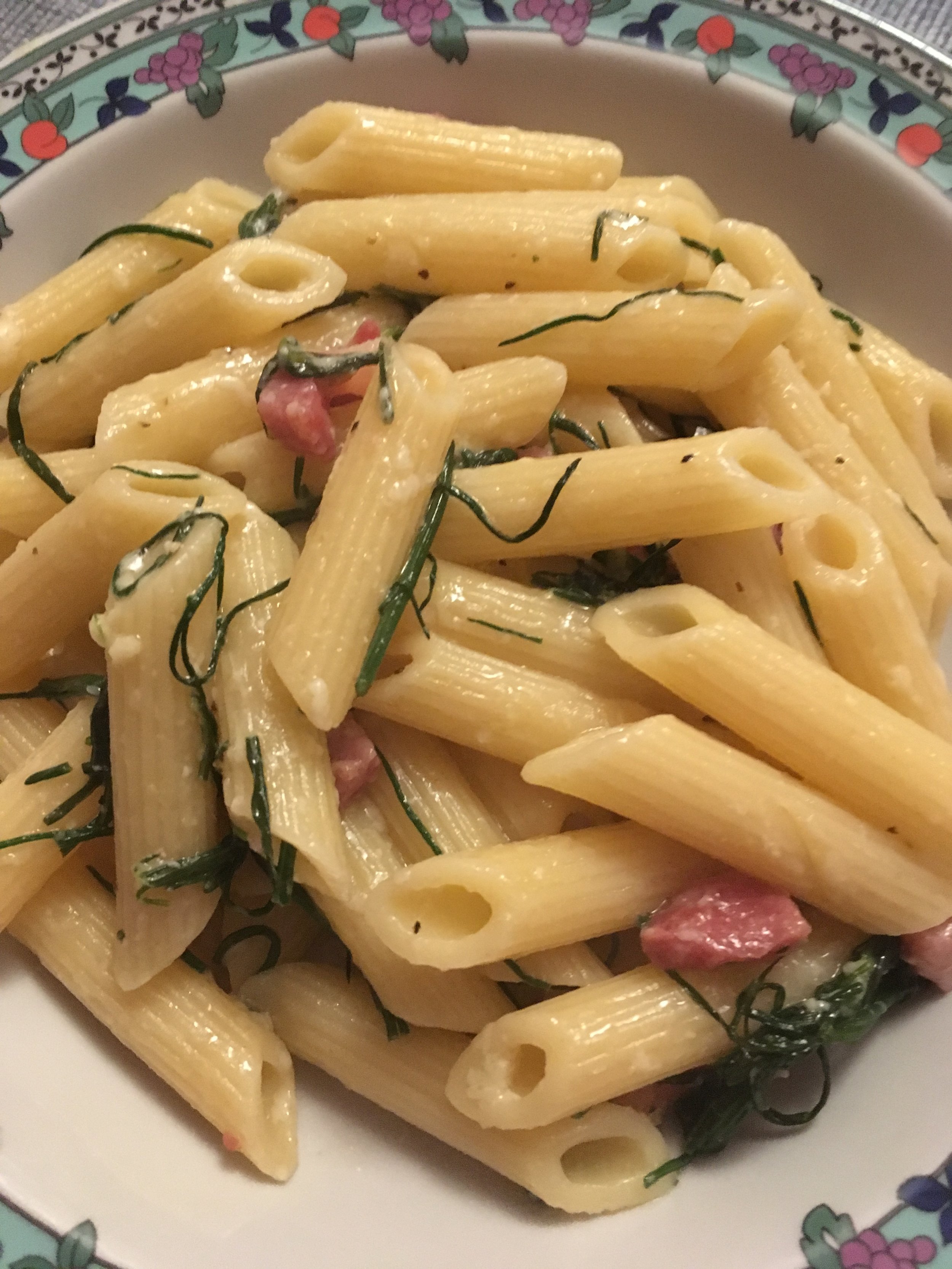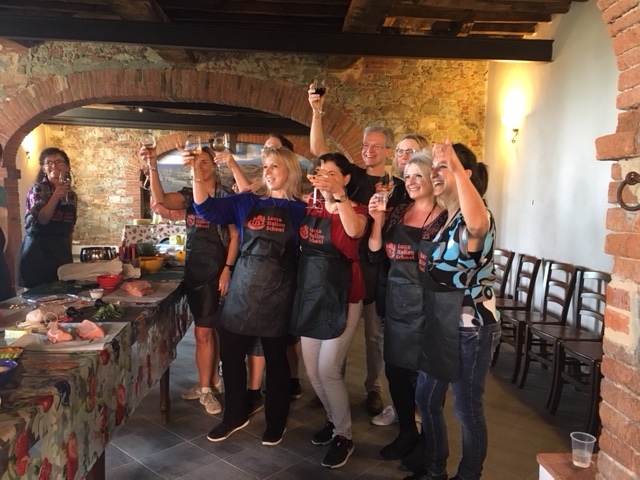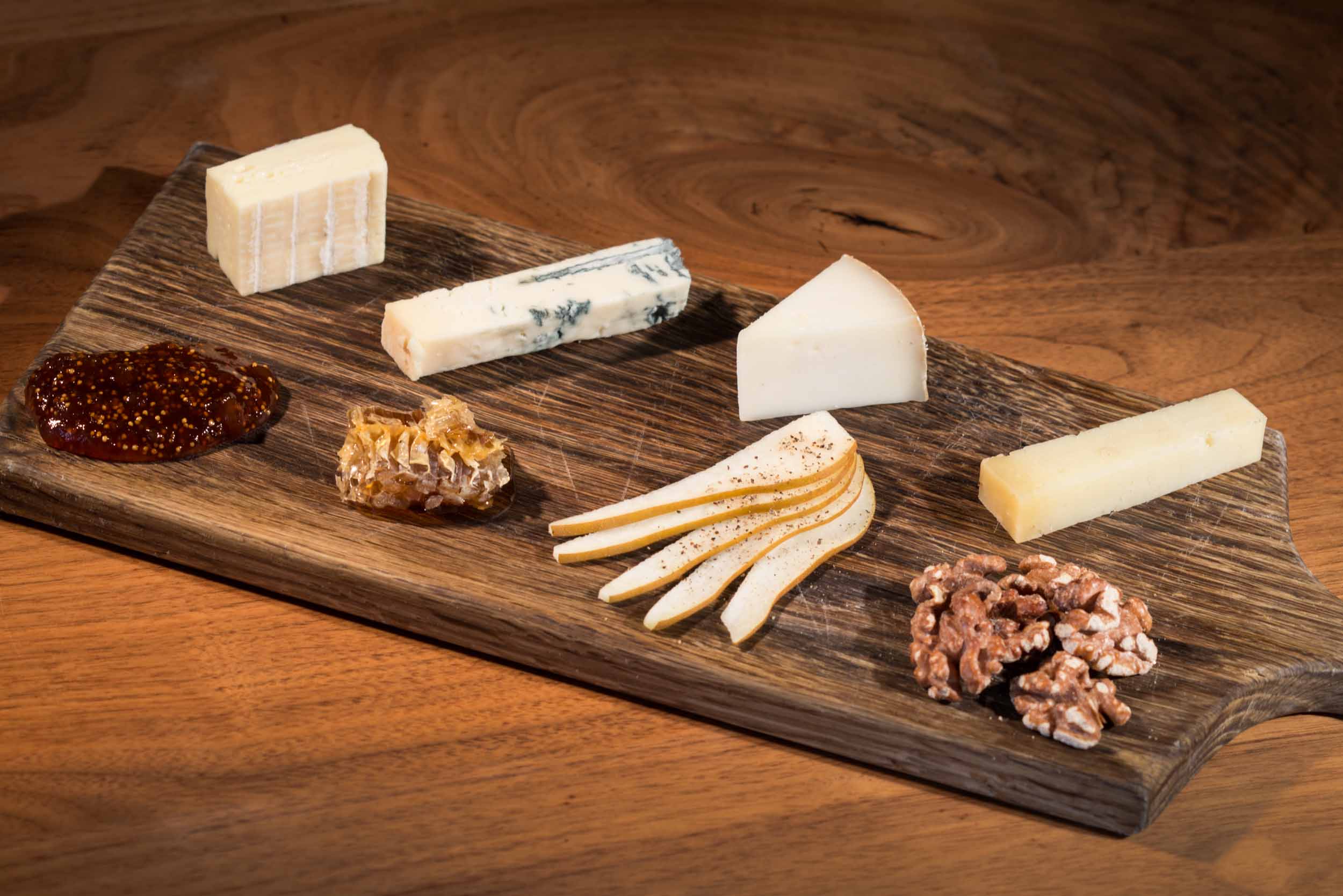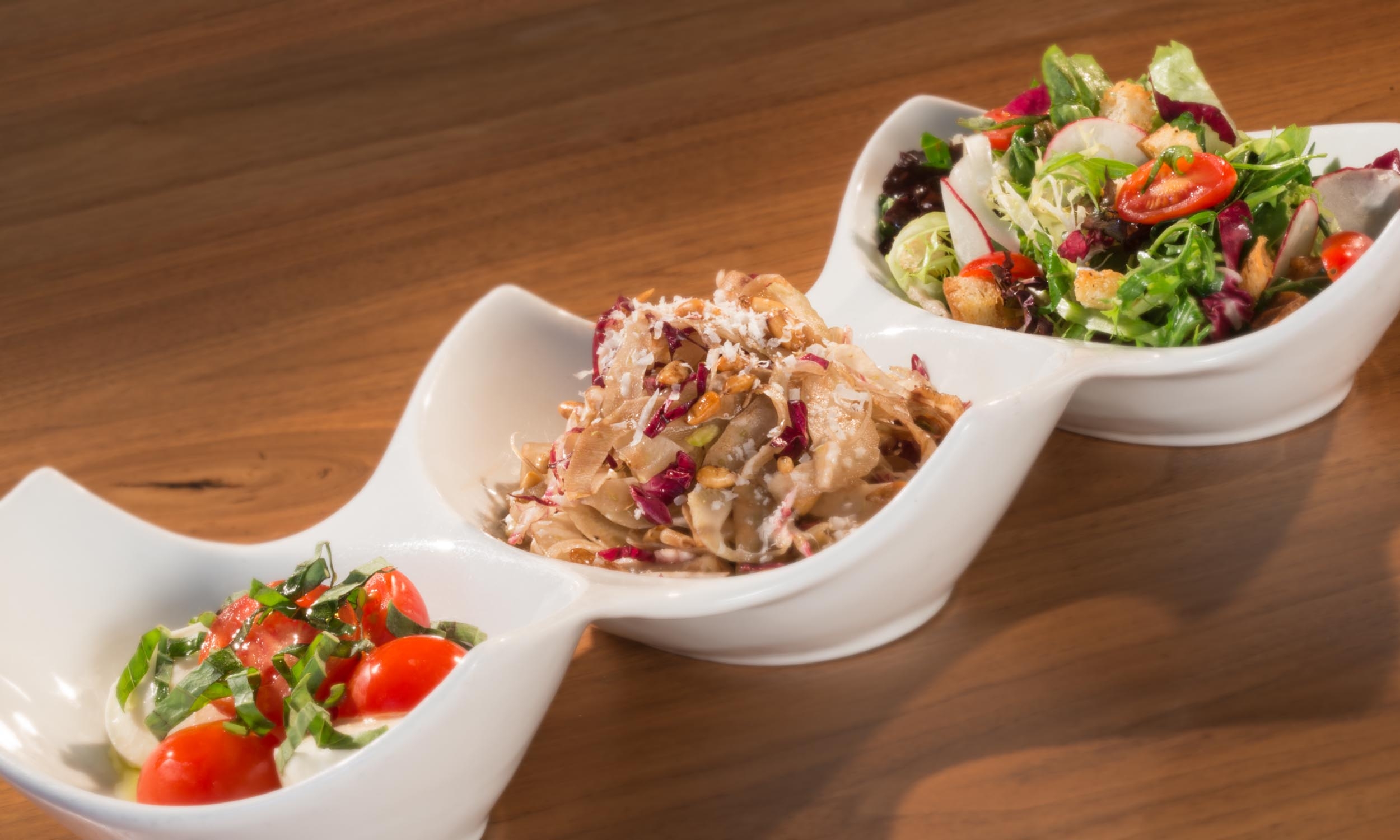From my Italian Kitchen: A Spring Pasta
Last spring I was introduced to agretti - an italian veggie with a very short season. Agretti, with its slender chive-shaped leaves, is considered a delicacy and its appearance in the market is always greeted with excitement.
Agretti, roots and all, comes wrapped in paper - clean and trim before using.
I began to cook with it last spring (see link at the end of this post to read last spring’s post). Experimenting was fun, but before I knew it the agretti season was over.
Since I’ve now waited a whole year for agretti season to roll around again, I was quite excited when I found the first agretti of the spring at my local ortofrutta (small fruit and vegetable market) recently.
I first cooked it as a side dish, a simple sauté in olive oil and garlic finished with a squeeze of lemon and a pinch of salt. This is a classic preparation, no recipe needed.
Next, I decided to try agretti in a pasta dish. I proceeded without a recipe, combining flavors that are classically paired with agretti - lemon juice and olive oil - along with ingredients I had on hand, including pancetta, Parmigiano Reggiano cheese, and penne pasta. The dish tasted bright and lemony, just like spring. I will definitely make this dish again and, if you come across agretti in your local farmer’s market, I hope you will be inspired to try it as well.
Penne with Pancetta, Agretti, and Lemon (Serves three as a main dish, four as a “primi piatti”)
250 grams penne pasta (amount 8 ounces)
2 Tablespoons good olive oil, divided
200 grams cubed pancetta dolce (about 6 ounces)
90 grams agretti (about 3 ounces), roots and thick stems removed, rinsed well, and rough chopped
Juice of 1/2 lemon (about 2 Tablespoons)
1/8 tsp ground black pepper
1/4 tsp sea salt
1/4 cup grated Parmigiano Reggiano
Bring a large pot of salted water to a boil - add penne and cook al dente.
Meanwhile, rinse agretti well, remove roots and lower stems, rough chop into strands about 2 inches long. Heat 1 Tablespoon of olive oil in a sauté pan, add pancetta and cook over medium heat until cooked through but not crisp.
Add cleaned and chopped agretti. Cook until softened, stirring from time to time. This shouldn’t take more than about 10 minutes over medium low heat.
Season with salt and pepper.
Drain the penne pasta and return to the pot. Add the lemon juice, 1 Tablespoon olive oil, and the pancetta / agretti mixture and give it a stir. Add the grated Parmesan and toss.
Serve immediately with more grated Parmesan on the side.
This makes a nice, light main dish or a flavorful side with chicken or fish. It pairs well with a crisp white wine. -post by JMB
For more info about agretti:
http://www.twopartsitaly.com/blog/2018/5/1/agretti-a-taste-of-spring-in-italy












































